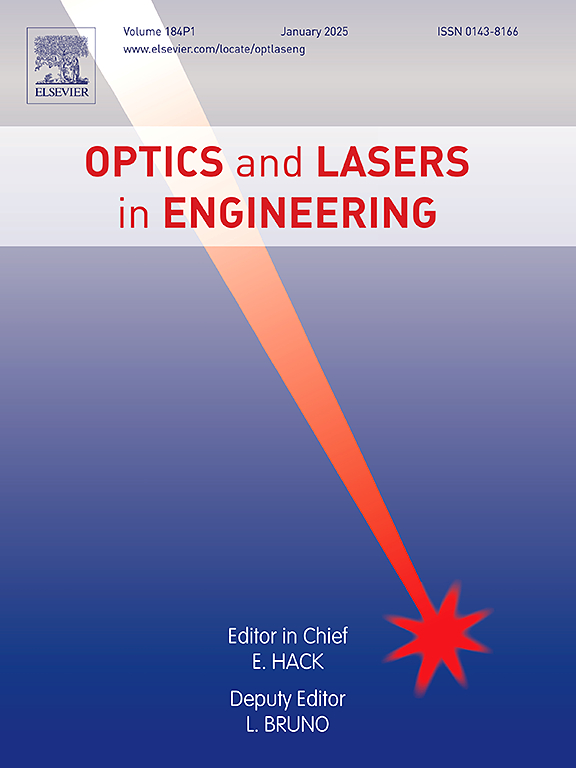光谱压缩结构照明显微镜
IF 3.5
2区 工程技术
Q2 OPTICS
引用次数: 0
摘要
超分辨率显微镜技术克服了光学衍射造成的分辨率限制,因此成为在亚细胞器尺度上观察精细生物结构和动力学的不可缺少的工具。通过加入额外的光谱信息,超分辨率显微镜的成像能力可以进一步增强。然而,现有的技术主要依赖于多色标记或波长扫描,这限制了光谱通道的数量和成像速度。在这项工作中,我们提出了一种光谱压缩结构照明显微镜(SC-SIM)技术的设计,该技术将光谱压缩成像与结构照明显微镜相结合。SC-SIM通过对条纹图像进行空间光谱压缩和随后的图像重建,在不降低成像速度的情况下实现了光谱分辨率的超分辨率成像。通过仿真验证了SC-SIM的可行性,展示了多达10个光谱通道的超分辨率成像。SC-SIM为高光谱超分辨率成像提供了新的技术途径,促进了亚细胞器结构和动力学的研究。本文章由计算机程序翻译,如有差异,请以英文原文为准。
Spectral compressive structured illumination microscopy
Super-resolution microscopy techniques overcome the resolution limitation imposed by optical diffraction and have therefore become indispensable tools for observing fine biological structures and dynamics at the sub-organelle scale. By incorporating additional spectral information, the imaging capabilities of super-resolution microscopy can be further enhanced. However, existing techniques mainly rely on multicolor labeling or wavelength scanning, which limit the number of spectral channels and the imaging speed. In this work, we present the design of a spectral compressive structured illumination microscopy (SC-SIM) technique that integrates spectral compressive imaging with structured illumination microscopy. By employing spatial-spectral compression of striped images and subsequent image reconstruction, SC-SIM achieves spectrally resolved super-resolution imaging without the loss of imaging speed. The feasibility of SC-SIM is validated through simulations, demonstrating super-resolution imaging with up to 10 spectral channels. SC-SIM offers a novel technical pathway for hyperspectral super-resolution imaging, facilitating research on sub-organelle structures and dynamics.
求助全文
通过发布文献求助,成功后即可免费获取论文全文。
去求助
来源期刊

Optics and Lasers in Engineering
工程技术-光学
CiteScore
8.90
自引率
8.70%
发文量
384
审稿时长
42 days
期刊介绍:
Optics and Lasers in Engineering aims at providing an international forum for the interchange of information on the development of optical techniques and laser technology in engineering. Emphasis is placed on contributions targeted at the practical use of methods and devices, the development and enhancement of solutions and new theoretical concepts for experimental methods.
Optics and Lasers in Engineering reflects the main areas in which optical methods are being used and developed for an engineering environment. Manuscripts should offer clear evidence of novelty and significance. Papers focusing on parameter optimization or computational issues are not suitable. Similarly, papers focussed on an application rather than the optical method fall outside the journal''s scope. The scope of the journal is defined to include the following:
-Optical Metrology-
Optical Methods for 3D visualization and virtual engineering-
Optical Techniques for Microsystems-
Imaging, Microscopy and Adaptive Optics-
Computational Imaging-
Laser methods in manufacturing-
Integrated optical and photonic sensors-
Optics and Photonics in Life Science-
Hyperspectral and spectroscopic methods-
Infrared and Terahertz techniques
 求助内容:
求助内容: 应助结果提醒方式:
应助结果提醒方式:


